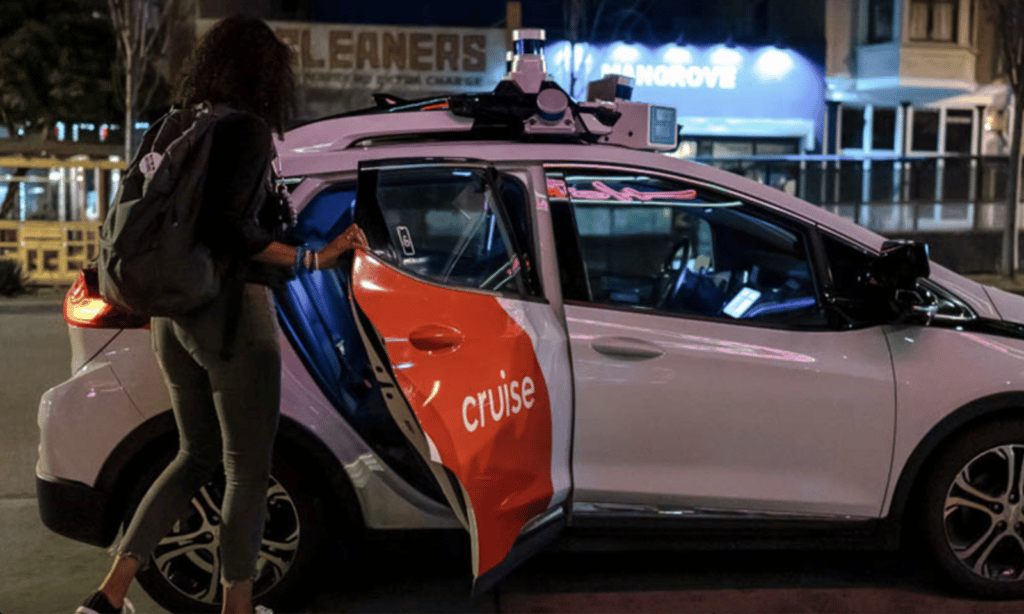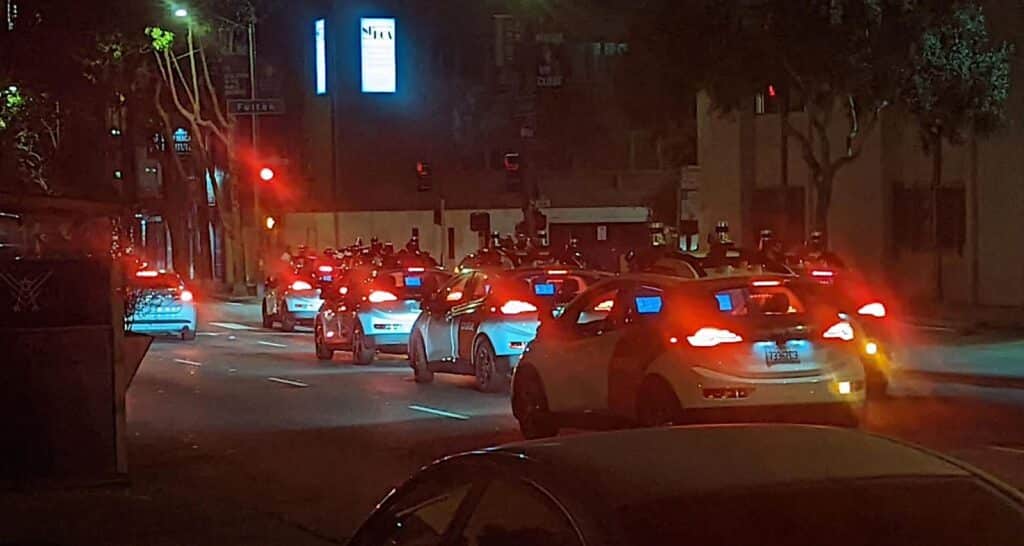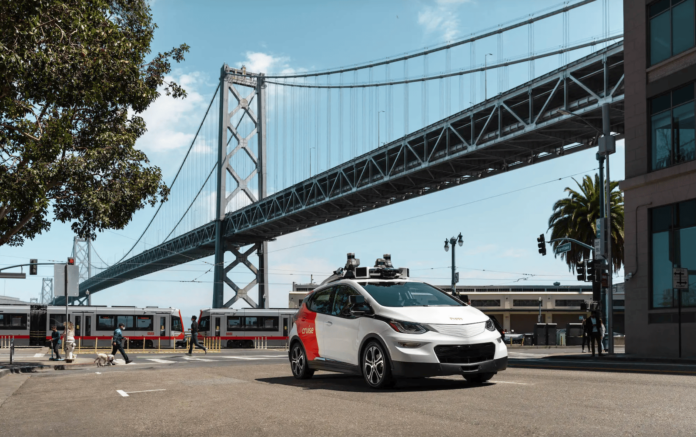GM’s autonomous taxi service partner Cruise LLC applied to the state of California for permission to test autonomous cabs throughout the state. The company has been operating its self-driving ride hailing service in the city of San Francisco since last summer.
However, the autonomous cabs were plunged into controversy following a collision with injuries in the city on the first full day of operation. In that collision, a Cruise autonomous taxi was traveling toward an intersection while in driverless autonomous mode. The Cruise taxi activated its left turn signal as it moved into the left turn lane. The Cruise vehicle began to turn left when a Toyota Prius coming the other way entered a right turn only lane, but it continued straight while traveling at 40 mph in a 25-mph zone.
The Cruise AV identified the oncoming vehicle as it drove straight out of the turn lane, and it stopped in the middle of its left turn. The Prius collided with the rear passenger side of the vehicle, damaging the right rear door panel and wheel of the Cruise AV. NHTSA opened an investigation into the incident, but the Cruise vehicle was not cited for any traffic violation.
Random stopping auto syndrome
NHTSA is also keeping a close eye on Cruise and others because of reports the cars may brake or stop at inappropriate times, creating a hazard for drivers who expect predictable behavior.

The government safety agency opened an investigation into Cruise after several crashes occurred in which the company’s AVs would occasionally brake hard or stop for no discernable reason.
“NHTSA has received three reports of the Automated Driving System (ADS) initiating a hard braking maneuver in response to another road user that was quickly approaching from the rear. In each case, the other road user subsequently struck the rear of the ADS-equipped vehicle.”
Additionally, an anonymous letter to the California Public Utilities Commission, or CPUC, from someone claiming to be a veteran Cruise employee claimed he and other colleagues “generally do not believe we are ready to launch to the public, but there is fear of admitting this because of expectations from leadership and investors.”
The letter came after several Cruise robotaxis simultaneously malfunctioned at a downtown San Francisco location. The stalled AVs brought traffic to a complete halt at an intersection for several hours. The driverless vehicles began moving again only after Cruise engineers went to the scene and intervened manually.

Such incidents have occurred “with regularity,” according to the Cruise whistleblower — who described himself as a father and someone working on safety critical systems. Such incidents are known as “VREs” or “Vehicle Retrieval Events.”
Going statewide
The terms of the requested expansion of operational area for Cruise are limited. Outside of its test area in San Francisco, the Cruise AVs would not carry passengers other than employees of the company. The Cruise AVs would also be limited to a top speed of 55 mph.
“While this application doesn’t represent any immediate change to our testing or operations, we hope to continue working with the California DMV to safely and responsibly test our services in other cities in the future,” according to a statement by the company.
At the present time, there are 42 companies testing autonomous operations in California with a backup human driver present in the vehicle. Among those testing are many familiar corporate names including Apple, Bosch, Intel, Mercedes, Nissan, Nvidia, Tesla and Vingroup. A total of seven companies are currently testing without backup drivers, and three have been approved for driverless deployment, including Cruise, Waymo and Nuro.

